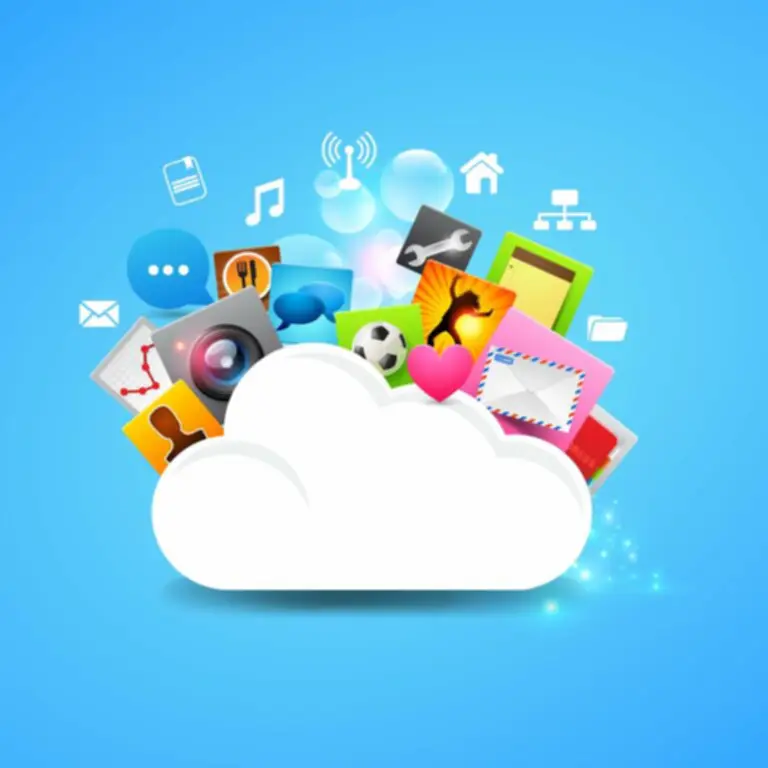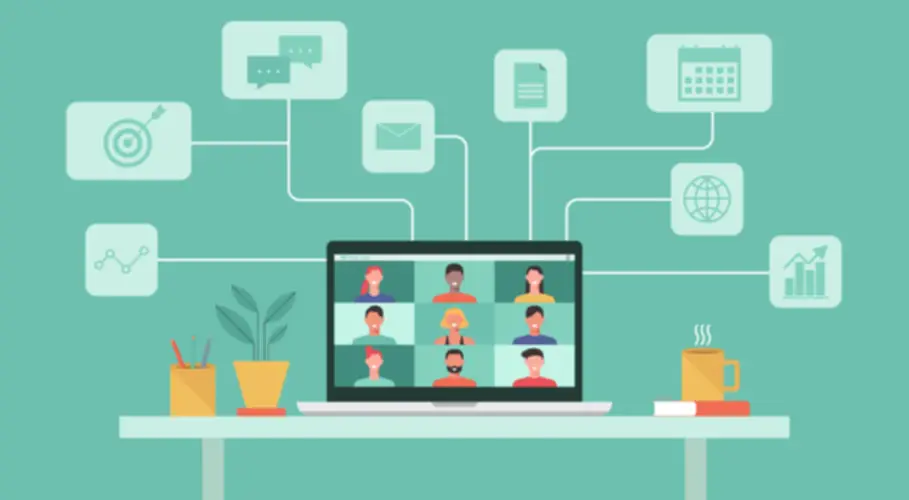Small, medium and enormous firms use it to facilitate their entire business course of since it permits them to combine every little thing from software program functions to hardware methods. As a communal system, a hub-and-spoke integration supplies a high degree of visibility and administration efficiency. It eliminates the necessity for point-to-point dependencies, significantly lowering the variety of What is Enterprise Application Integration connections required. For instance, with 10 applications, only 10 connections (spokes) could be wanted.

Supporting Exponential Development And Growth
A comprehensive safety strategy covers all integration elements, from communication endpoints to community and information storage. For example, you possibly can implement strong authentication and authorization mechanisms to make sure that only authorized customers and techniques can access and perform data operations. Data encryption at relaxation and transit is a should to satisfy regulatory compliance requirements. In distinction, microservices break down the application into the smallest autonomous elements.
Eai – Enterprise Utility Integration
The chosen integration model and tech stack will largely determine the way you proceed with the implementation. Our consumer fortunately reported that, with the brand new platform, it takes the workers mere minutes to accomplish duties that beforehand consumed days. Companies can reduce costs and improve productiveness and efficiency by optimizing resource utilization. Asset management software program can also assist companies monitor and manage their bodily belongings, similar to equipment and autos, enhancing utilization and decreasing the need for additional purchases.
Why Is Enterprise Utility Integration Necessary For A Business?
Enterprise Application Integration (EAI) has emerged as a crucial answer for modern companies aiming to streamline operations, improve productivity, and achieve seamless data flow throughout diverse systems. And, as organizations continue to cope with advanced expertise landscapes and the need for real-time data trade, EAI provides a game-changing strategy. From worker time monitoring to supply chain management, the true problem is integrating disparate, a quantity of applications so that they work collectively easily. Organizations can leverage the benefits of enterprise utility integration by connecting disparate purposes, knowledge sources, and enterprise processes. It would enable them to attain greater efficiency, improved decision-making, and a competitive edge in the ever-evolving market. This blogpost provides an overview of enterprise application integration (EAI), including its definition, advantages, varieties, architecture, frequent situations, challenges, and finest practices.

Goals Of Enterprise Software Integration
Today digital out-of-home (DOOH), is taking over the traditional avenues of out-of-home (OOH) promoting, and analytics plays a crucial function in it. If you’re curious about the impact generated by knowledge analytics in outdoor promoting but aren’t certain how and the place to start out, then this article is for you.
Organizations can use know-how options to streamline their enterprise processes by automating repetitive tasks, simplifying complex workflows, and digitizing guide processes. Implementing Enterprise Resource Planning (ERP) systems is one example of streamlining enterprise processes. ERP business utility methods help companies combine various aspects of their operations, together with inventory administration, procurement, accounting, and customer relationship administration. In fact, in accordance with a report printed by a quantity one audit, advisory, and tax providers supplier, organizations are using 1,061 different purposes these days, out of which solely 29% of them are built-in. Owing to this, they fail to leverage cost-savings, growth, and efficiency enchancment alternatives down the road.
They used three kinds of ERPs (Oracle, IBM, Tactics) that acquired knowledge from multiple purposes. The client additionally wanted to enhance and simplify collaboration between completely different departments and increase productiveness. Enterprise Application Integration (EAI) is like making all your pc programs and techniques work together smoothly. It’s about connecting completely different apps, databases, and processes so that they will share information simply and work together in a coordinated way.
- Then proceed with constructing various integration elements, corresponding to connectors and adaptors, and implement the mixing logic.
- Moreover, ERP integrates these features into a unified system, providing a centralized repository of information and streamlining processes across departments.
- Integration ensures seamless data move throughout these systems enabling the consolidation and unification of enterprise processes.
- While it is possible to deal with several methods, the connections may turn out to be unmanageable and difficult to maintain up.
- Enterprise application integration is the interpretation of data and other commands from one software format into one other.
In this weblog, we are going to explore, the difference between EAI vs ERP for improved efficiency and competitiveness. Application integration includes connecting disparate purposes and systems to enable seamless communication and information change. This can embody integrating custom-built functions, off-the-shelf software program, and cloud-based purposes. Application integration enables organizations to streamline business processes, reduce handbook effort, and improve overall effectivity.
Companies rely on finance tools, operational CRM tools, cloud applied sciences, and a wide range of different apps to perform very important company capabilities and actions. Enterprise application integration (EAI) is the process of integrating software solutions and hardware all through an enterprise by way of the appliance of technology and assets. Using a platform-based technique permits for complete enterprise connectivity, addressing numerous integration wants such as purposes, processes, information, utilization, and sensors. This works across on-premises, cloud, and hybrid environments, ensuring flexibility and adaptableness. For occasion, customers would possibly have to manually transfer knowledge between applications to complete a task, or they may should access a quantity of systems to perform their every day actions.
Companies must also consider how technology can improve total business fashions and outcomes. The ability to adapt to modifications in the market, buyer needs, and inside processes is key to staying aggressive and thriving in today’s enterprise world. Lastly, companies can undertake a collaborative strategy to decision-making, bringing collectively varied stakeholders to make decisions.

Point to Point Integration is among the simplest types of enterprise software integration, you could ask why? APIs act as versatile building blocks inside the integration platform, facilitating the connection of people, processes, and methods. This permits the enterprise to adapt its digital property into new enterprise fashions, exploring totally different monetization methods with ease. An EAI platform is flexible enough to combine varied on-premise and cloud-based companies. The platform’s adaptability makes it simple to add, take away, or update functions or providers without disrupting operations or requiring a significant redesign of the systems in place. Point-to-point integration is an easy and direct method to join two techniques or functions.
He has received greater than 6 years of experience in handling the task associated to Customer Management and Project Management. Apart from his profession he also has keen curiosity in sharing the perception on completely different methodologies of software growth. For example, EAI is best for large scale functions whereas SOA is best in relation to flexibility, and ESB excels at adapting to changing necessities and rising techs. Read how TSL Marketing enhanced consumer offerings and achieved recurring income by way of a seamless ConnectWise and HubSpot integration. These features will guarantee your EAI platform helps the organization’s needs, enhances system interoperability, and keeps your IT environment aligned with business aims. Now, let’s deep dive into the advantages to know how EAI can help your business to develop, retain and entice extra customers.
Developers plan for horizontal scaling (adding more server nodes) and vertical scaling (adding assets like CPU or memory to current nodes) so EAI options can distribute load effectively. Cloud-based integration presents elastic scalability, so the system can dynamically modify sources primarily based on demand. You want to make sure knowledge governance in your EAI systems as data strikes across your architectural model.
Companies that make the most of web-based integration can collect big information by gaining entry from inner and external sources by way of software programming interfaces (APIs). These companies prolong data sharing beyond business lines via complex software improvement. Achieving full enterprise utility integration can optimize communication, reporting efficiency, and data-based analyses.
Transform Your Business With AI Software Development Solutions https://www.globalcloudteam.com/ — be successful, be the first!
Leave a Reply
You must be logged in to post a comment.